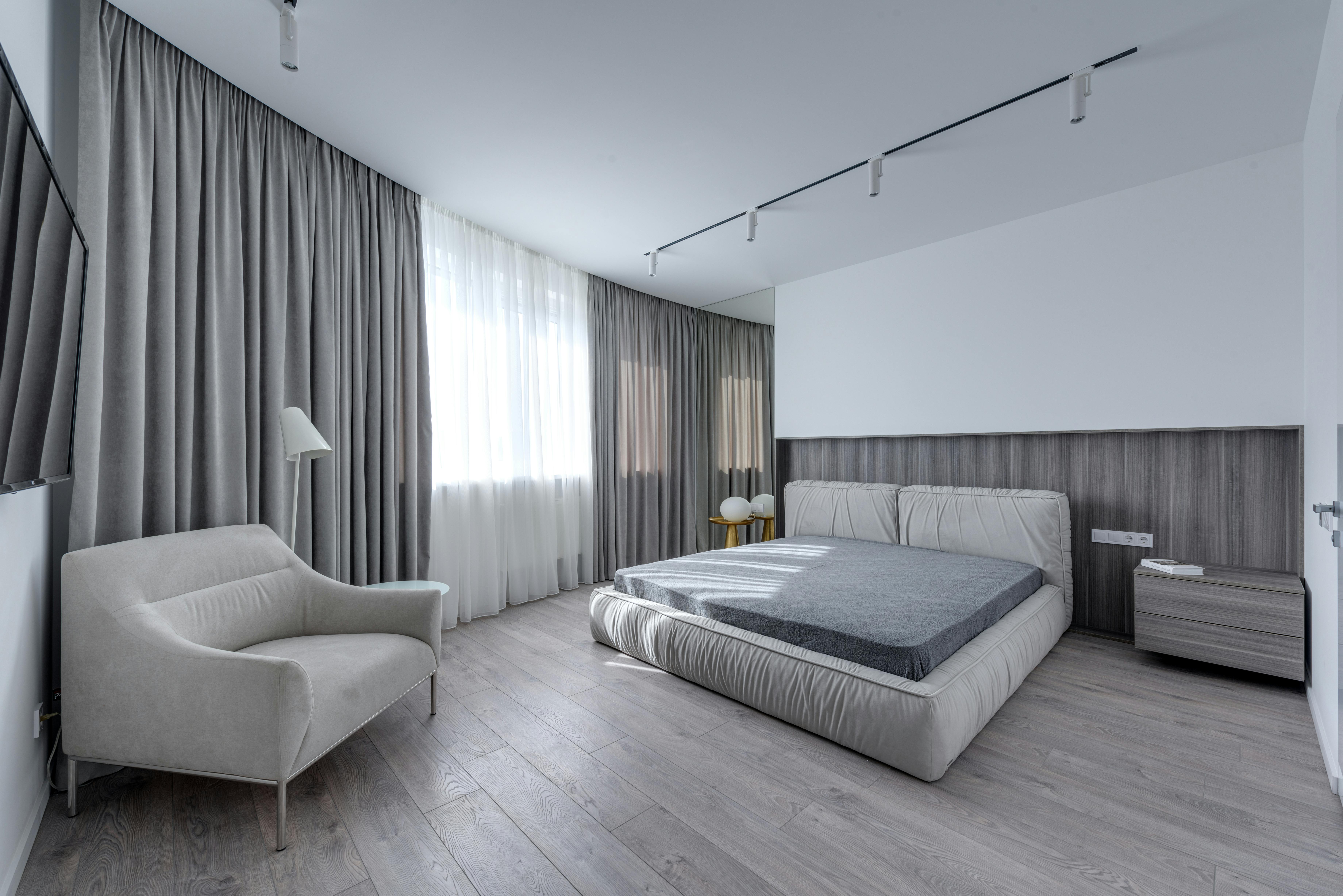How to Optimize Your Retail Tenant Mix
In this real estate market and retail shopping environment, the skills of mall managers are really compromised when it comes to building and protecting their mix of tenants in a mall. Tenants are everything when it comes to property performance.
So how can you monitor and improve your tenant mix? Try some of these:
- Monitor the number of people coming to the property on a daily and weekly basis. When you do this, you can understand the best days of the week for retailers and shopping.
- Place traffic counters at property gates. Do not leave any door unattended. You need to figure out which doors actually draw people into the property.
- If your property has a customer parking lot, make sure the parking lot is efficient and parker-friendly. Most buyers want easy access to the property and the parking lot. Any frustration must be eliminated.
- If your property interfaces with public transportation stops, such as trains and buses, you’ll need to know what the preferred method of transportation is for customers and what days of the week this is the case.
- You should keep track of your retailers’ sales turnover figures. This information may be confidentially recorded by the landlord for monthly evaluation and analysis. You will notice that some retailers are stronger than others.
- If your property has one or more primary tenants, be sure to work closely with the primary tenant to maximize property branding and community engagement.
- Meet with all your retailers on a monthly basis so you can address any challenges. When the retail environment gets tough, relocating tenants and reducing occupancy for distressed tenants will help you keep occupancy rates high.
- Check with the competitor’s property to see if there are any tenants you can relocate to their property. Rest assured, other mall managers will do it for you.
- Keep your rents and incentives competitive based on real estate market trends. The same should be said for the lease documentation and lease terms offered to tenants.
When the retail mall trade and retail real estate market is slow or difficult, the best thing to do is reach out to your existing tenants and strategize for rents, occupancy factors, and lease terms. The average renter doesn’t want to go out of business; they just want to make money and stay viable. That’s why there’s such a strong bond between landlords, tenants, and the retail property manager. A successful retail property is a cooperative process.
